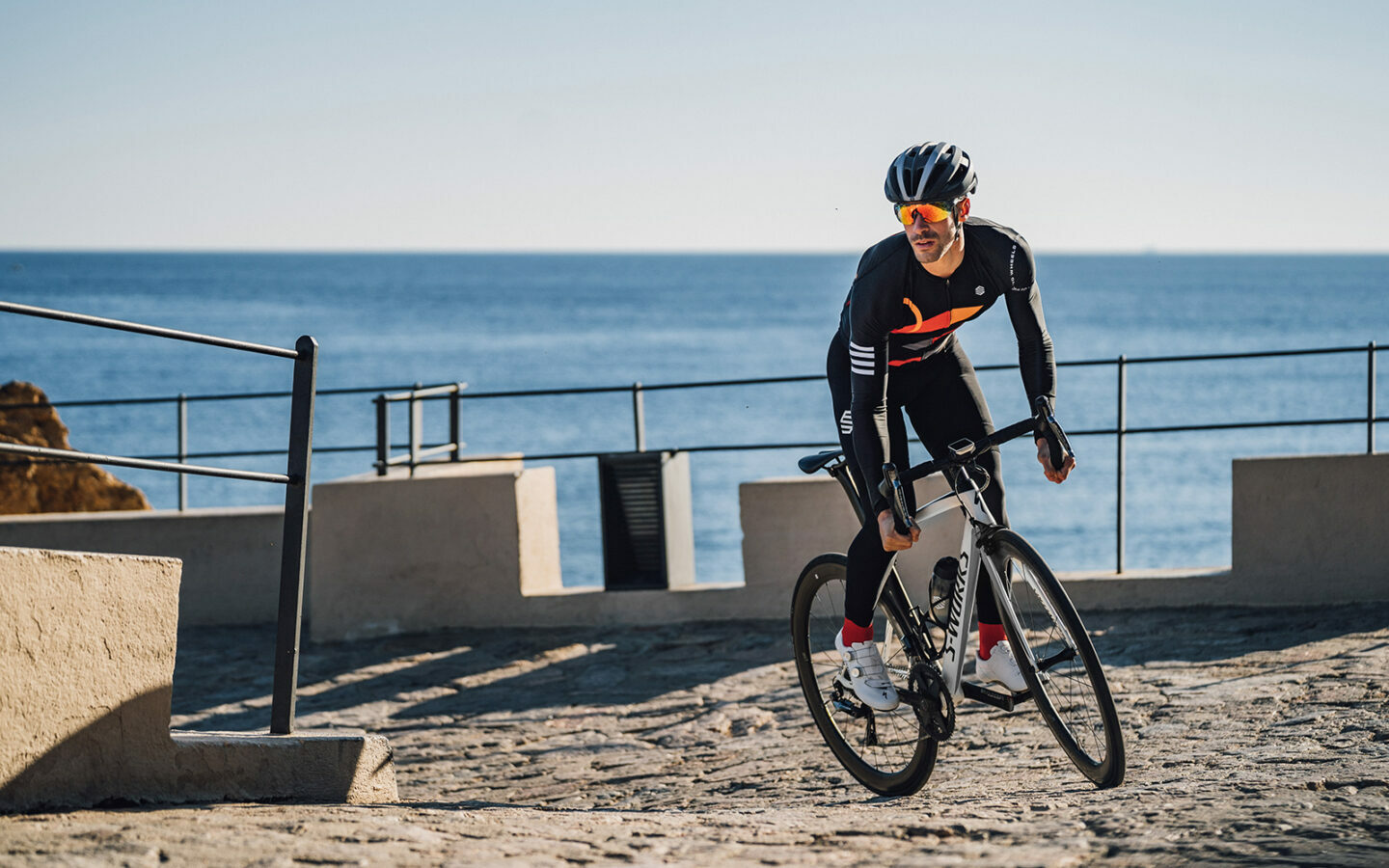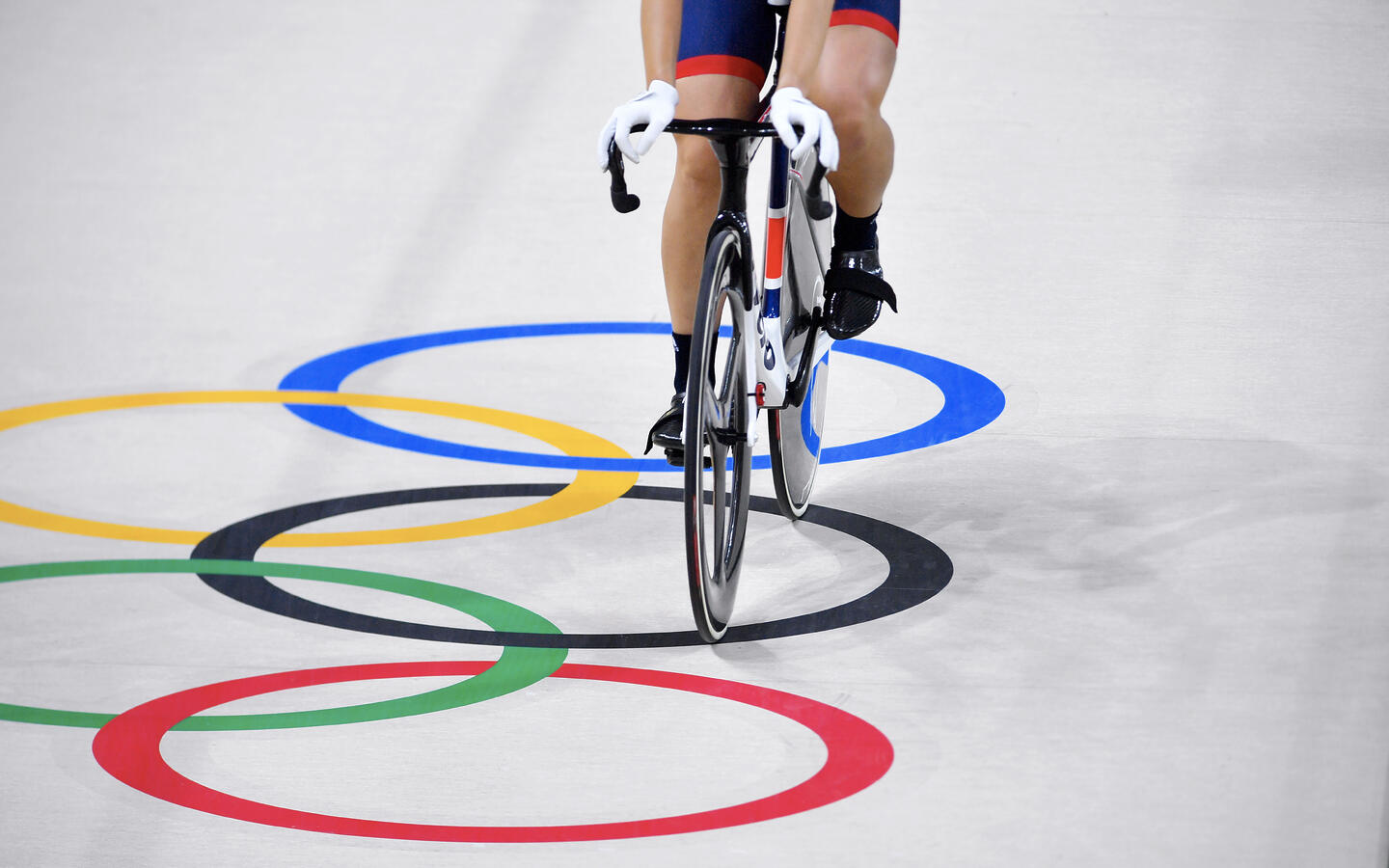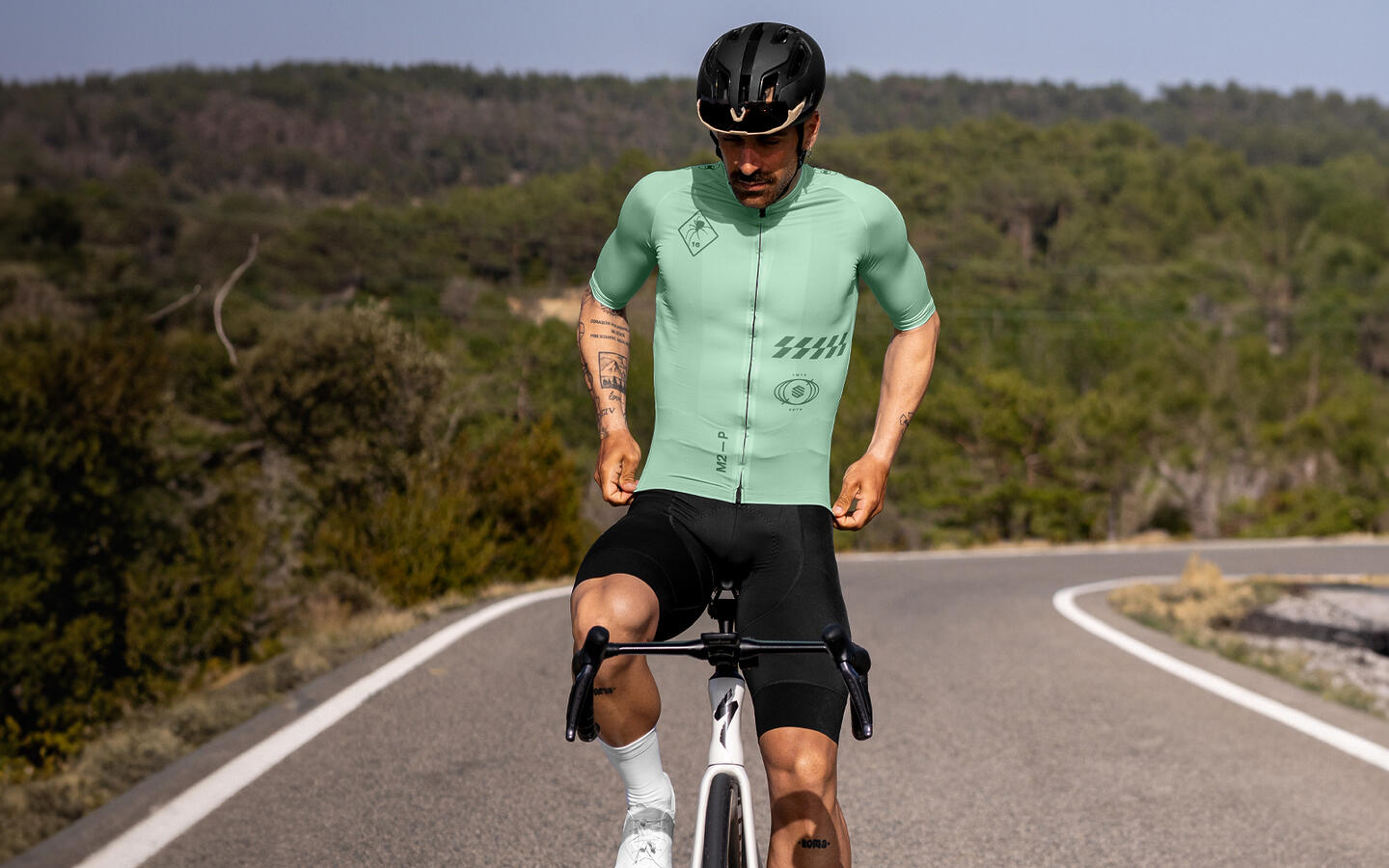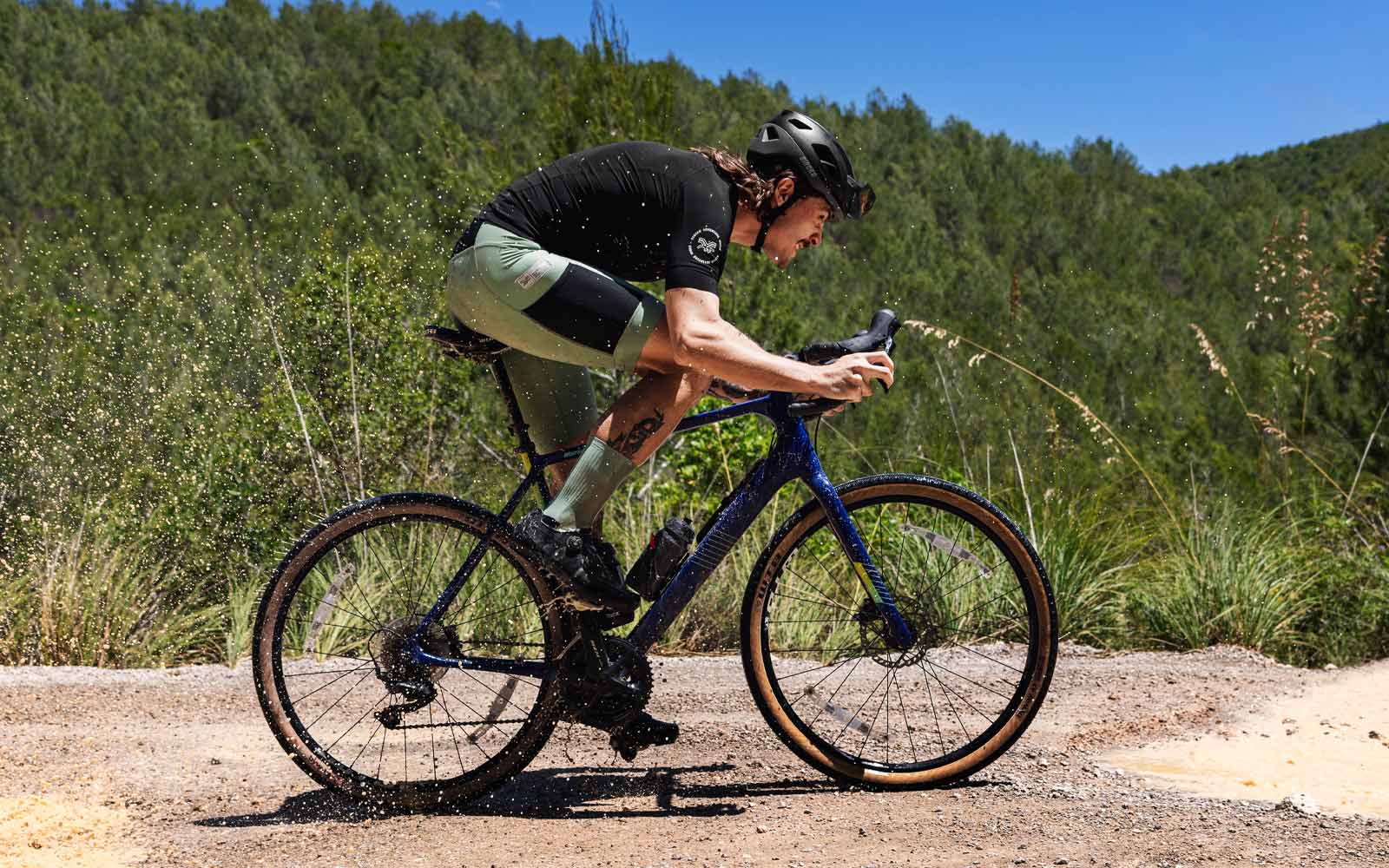We have good news for any amateur cyclist who doesn’t have much time for training in winter: You don’t need to ride thousands of kilometers and spend many hours pedaling to improve or to prepare for the upcoming season. Endurance or aerobic base training in winter is a traditional workout planning strategy adopted from professional cycling. Applying this formula to amateur cyclists’ workout is one of many mistakes made in winter cycling training. Let’s take a look at the most important ones and how to avoid them:
Not carrying out a stress test
Before we start planning, we must know our starting point and see where we stand.

First of all, get a medical check-up. Especially if you are a beginner and want to start training.
After the check-up, have a stress test done to determine your current fitness level, see up to what point you can withstand an intense effort and when you exceed your threshold.
It is best to do it under professional supervision just in case, as we are pushing our body to the limits. Moreover, during this test, a medical professional can detect problems that do not show up in a standard medical check-up.
You can also do it yourself indoors or outdoors, but be careful. Stop the test as soon as you notice any unusual symptoms. To do it on your own, use the latest technology. Almost all indoor or virtual cycling apps and many cycling computers come with a stress tests feature. After the test, they generate a training heart rate zone chart for you.
Before the advent of power meters, the Conconi test was usually performed with a heart rate monitor. Now the FTP (Functional Threshold Power) test requires a power meter or a smart trainer. Both tests will help you determine your training heart rate zones (pulse and watts) and start training.
Finally, we recommend repeating the test from time to time (every 4-6 weeks) to check on your progress.
Not following a personalized training plan
Not all cyclists are the same, nor do we start from the same point, nor do we have the same goals. Ideally, you should turn to an expert to set up a training and nutrition plan for you, according to your goals and your possibilities.
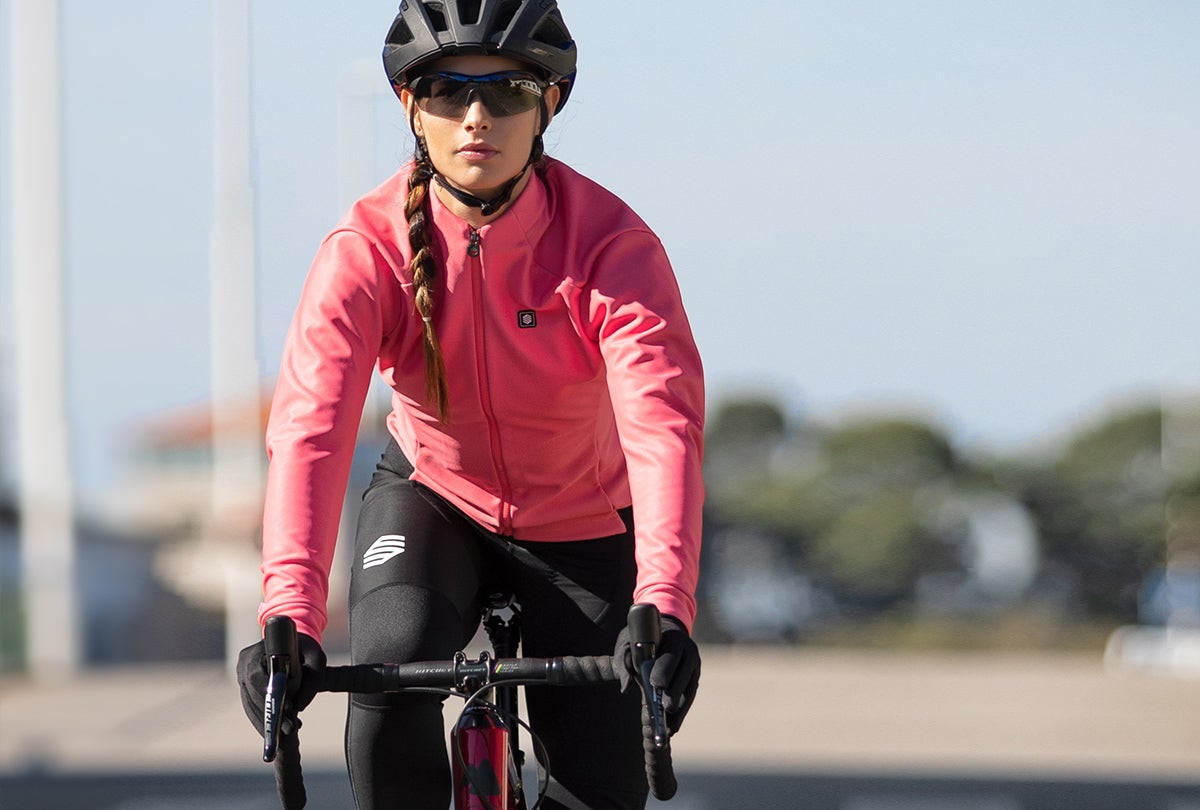
You can gather information on your own and do everything by yourself, but you run the risk of ending up even more confused, and the trials and errors are likely to be significantly worse than with a well-trained professional who is used to working with many different types of cyclists.
Imitating professional cyclists
The pros are focused entirely on training and racing. Their training is perfectly structured to withstand a whole season of races, achieving peaks in fitness throughout the months. The rest of us cyclists do not spend our time exclusively on cycling, so we can’t and don’t have to train as much as a professional, neither in volume, nor in intensity. Work, studies, family and friends are a major part of our life. This also applies to professional athletes who often want to set aside their bicycles to spend time with their families.
Training without clear goals
If we are not quite sure as to where we want to go or what we want to achieve, we will find it difficult to follow through with our plan. Goals should be SMART: Specific, Measurable, Achievable, Realistic and Time bound.

Examples: Finishing a summer cycling event in less than 6 hours. Improving your time by 1 minute on a mountain pass in 3 months. Increasing your power in short efforts to improve your sprints.
Not getting enough rest
Ride. Eat. Sleep. Repeat. To which we, common mortals, should add Work. Remember that we are not professionals and that work, whether mental or physical, is also tiring. Whether you are sitting in a chair, standing in a store or getting in and out of a van, everything has an effect on us. If you don’t get enough rest (mentally and physically) and proper nutrition, you don’t give your body enough space to process the training, perform another workout, and eventually make the necessary adjustments to improve.
Keep this in mind: Performance is the sum of training plus rest.
Not being flexible

The training plan is not set in stone and life takes many turns. It is better to adapt than to try to be unyielding. Following a training plan to a T can cause physical exhaustion from training in pain or being too tired. Or mental exhaustion due to stress, task overload or self-imposed demands.
Accumulating make-up trainings
Sometimes, for whatever reason, we can’t follow the schedule. That’s okay. It is better to restart where we left off than to try to make up for it by cramming all the skipped training into 1 or 2 sessions. Sometimes, it’s better to split up workouts to adjust to the time we actually have.
Always training on the same terrain
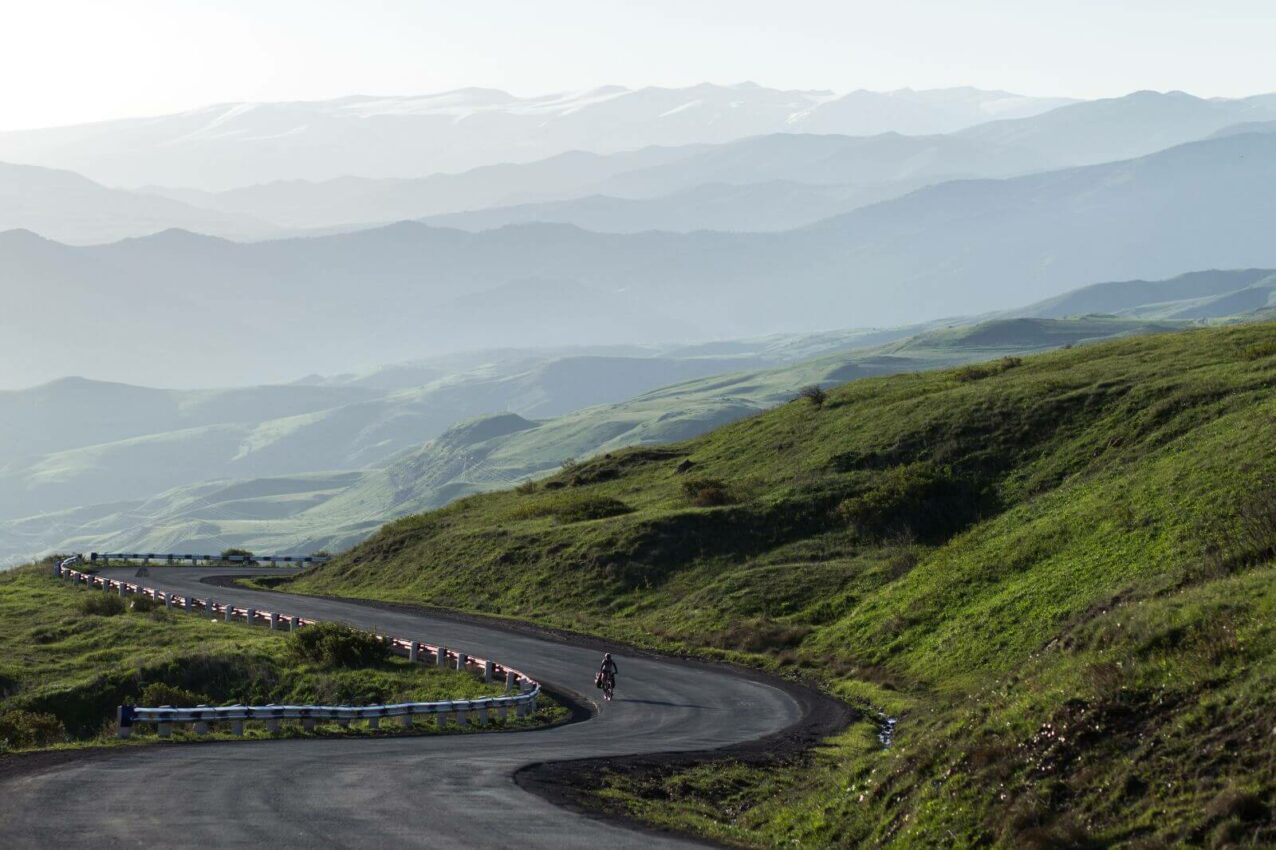
We can all agree that training laps on a specific circuit may be the easiest thing to do in winter, but you run the risk of getting bored, losing motivation and, what is worse, not being prepared for other terrains. Try to make sure that the circuit has a bit of everything (flats, short and long climbs, downhills, curves, straights) or look for several circuits to ride during the week.
The myth of doing ONLY the base training in winter
The vast majority of cyclists do not have much time to train so applying an old school training formula that comes from professional cycling does not make sense. Several studies (1, 2 and 3) have shown that an amateur cyclist can get the same results as with LSD (Long Slow Distance) endurance training by spending less hours on workouts. However, it is a high intensity workout, which means more muscle stress and greater need for recovery. Even so, the key is to combine long distance training with high intensity training, especially if you participate in races or events where you have to spend many hours on the saddle. For cyclists just starting out, it is advisable to build an aerobic base before starting intensity training.
Not using technology
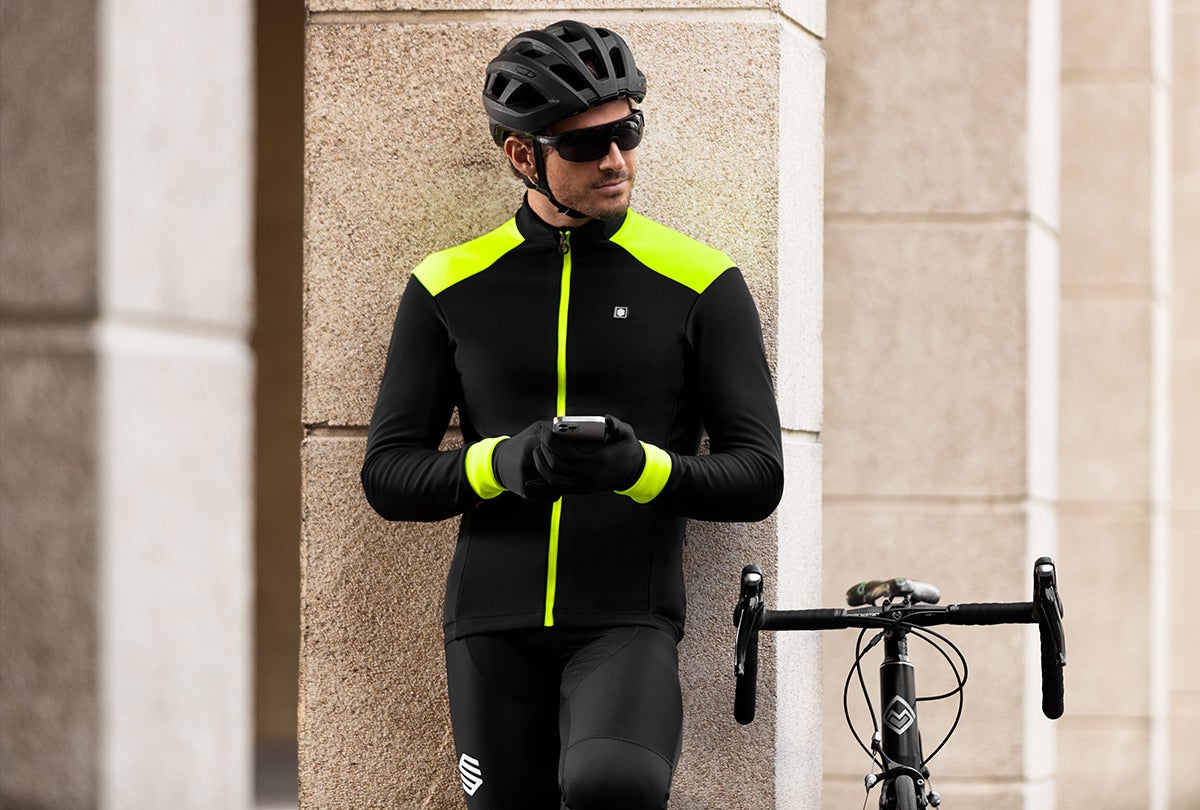
Nowadays, there are plenty of tools available to measure and control our training, fatigue and recovery. From the basic heart rate monitor, which – when used properly – can provide a lot of useful data, to the glucose sensors that the UCI has banned in competitions, as well as the super useful potentiometers or smartwatches that monitor sleep and other physiological parameters. All of them have their dedicated apps to collect extensive data on your cell phone. However, to know our fitness we need to know how to analyze such data, which leads us to the following mistake.
Not recognizing your own ignorance
The Greek philosopher Socrates said that “true wisdom is in recognizing our own ignorance”, so if you don’t know how to analyze and make sense of all the data that tools and technology offer, find an expert (coach, nutritionist) to help you.
Not listening to your body’s signals
With all this technology, many of us cyclists have gone from training according to what our legs and muscles were telling us to following the data and numbers as if we were machines. Big mistake. The body also sends us signals and we must be wary of them and analyze them along with all the data. We should use technology, but let’s not forget common sense.
